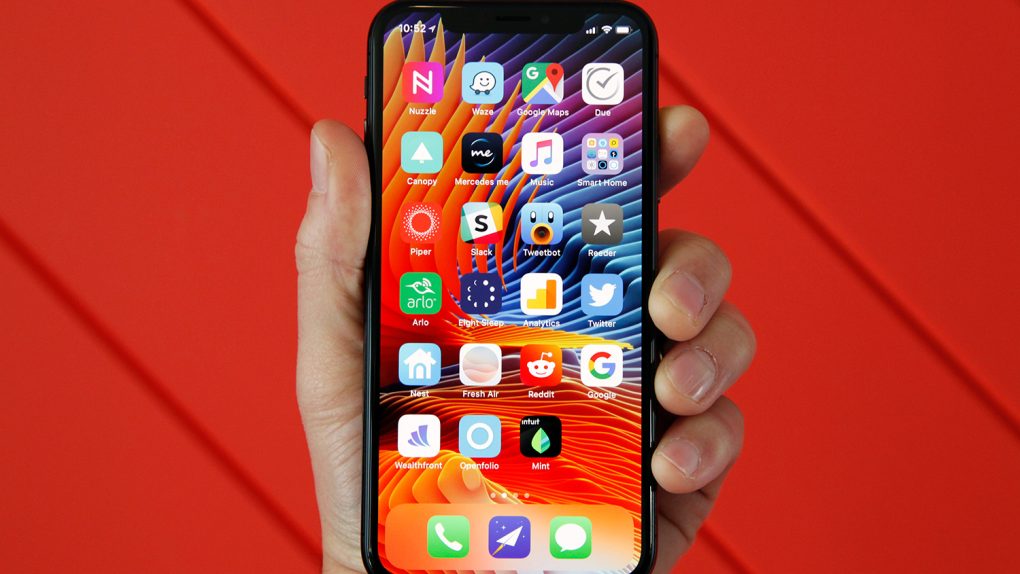As is the case each and every year, the iPhone X’s design leaked long before the phone was officially announced by Apple. And when people saw the phone’s peculiar new design, they flipped out. Apple decided to dive head-first into the “all-screen” trend that swept the high-end smartphone market in 2017, but it approached the design a bit differently than other manufacturers. In order to keep the narrow bezel around the perimeter of the iPhone X as uniform as possible, Apple decided to create a “notch” at the top of the screen. This cutout would be home to the phone’s ear speaker and front-facing camera, as well as all the sensors needed to enable the Face ID biometric authentication that would replace Touch ID.
When people saw it in leaked images, they hated it — myself included. Leaked images showed a bizarre design that looked like it would completely ruin the iPhone’s user interface. Once the phone launched, however, the story completely changed for many people. I know it changed for me. The notch ended up looking pretty great, and it’s a terrific way to differentiate the iPhone X from other “all-screen” smartphones. At least, that used to be the case.
Despite all the whining that flooded the web ahead of the iPhone X’s release, Android smartphone makers apparently got right to work figuring out how to copy the phone’s unique design. Android phone makers copying Apple is nothing new, of course, but this time around there’s an added component that makes the situation even more hilarious than it usually is: The notch on these Android ripoffs serves no actual purpose.

On the iPhone X, Apple uses the notch to house eight different key components. Some of them are standard across all smartphones, like the speaker, proximity sensor, and front-facing camera. Then there are additional components like a dot projector and an infrared camera that are used for Apple’s sophisticated facial recognition solution.
Android phones from no-name Chinese brands like “Noa” and “Leagoo” don’t have these expensive components, and yet both companies are about to release new phones that blatantly and shamelessly steal Apple’s iPhone X design.
The video above shows an upcoming smartphone called the Noa N10. The notch at the top of the display houses a speaker, camera, and a couple of sensors that are found on most modern smartphones. What’s hilarious is the fact that Noa didn’t even do anything to the Android UI to accommodate the notch or the rounded corners — you can clearly see pieces of on-screen elements like the clock that are just chopped off. Ugh.

Then there’s another company called Leagoo that is even more shameless, ripping off the exact shape of the iPhone X’s notch. In fact, Leagoo even slapped a dual-lens camera on the back of its upcoming “Leagoo S9” that looks exactly like the iPhone X’s rear camera.
Thankfully, phones from these copycats will likely never be sold outside of China. But this is yet another reminder that despite the current wave of doom and gloom in the media, Apple is still the company every other vendor looks to for guidance. Regardless of whether or not it makes sense, and regardless of how the public responds early on to Apple’s design decisions, phone makers large and small still know that Apple is a trend setter, and they’ll continue to ape anything and everything they can from Apple’s iPhone lineup.








